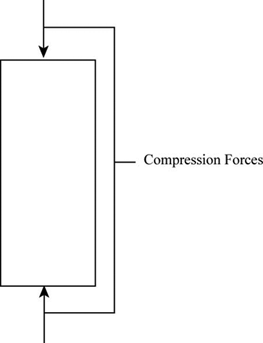

A few essential codecs are visible in the image below: There are multiple variations of codecs for each file format common examples of video codecs include: H.264, HEVC, VP9 and AV1. You’ll learn exactly what encoding is and some of the most important factors within the encoding process.Ī codec is a device or a program intended to compress raw media files (ex: video, audio, and/or subtitles). This article is for anyone seeking a way into the world of Video Technology and Development, or for those of you looking for a quick refresher on the key terms that define the industry. This table isĭynamic and specific to an encoding or decoding context.Welcome to our encoding definition and adaptive bitrate guide. Both the name and value areĭynamic Table: The dynamic table (see Section 2.3.2) is a table thatĪssociates stored header fields with index values. This specification uses the following terms: Īll numeric values are in network byte order. "SHOULD", "SHOULD NOT", "RECOMMENDED", "MAY", and "OPTIONAL" in thisĭocument are to be interpreted as described in RFC 2119. The key words "MUST", "MUST NOT", "REQUIRED", "SHALL", "SHALL NOT", Represent header fields are available in Appendix C. ThisĮnables decoders to remain simple and interoperate with a wideĮxamples illustrating the use of these different mechanisms to Reconstructing the list of header fields in the process.

Modifications to the header field tables prescribed by the encoder, The encoder is responsible for deciding which header fields to insertĪs new entries in the header field tables. Literal values are either encoded directly or use a static Huffman Mixture of references and literal values. Therefore, a list of header fields can be encoded using a Or as a reference to a header field in one of the header field In the encoded form, a header field is represented either literally Updated as new header fields are encoded or decoded. These header field tables can be incrementally Sequences of octets, and the order of header fields is preservedĮncoding is informed by header field tables that map header fields to Names and values are considered to be opaque The format defined in this specification treats a list of headerįields as an ordered collection of name-value pairs that can includeĭuplicate pairs. No extensibility mechanisms areĭefined changes to the format are only possible by defining a BothĬharacteristics reduce the risk of interoperability or security The HPACK format is intentionally simple and inflexible. Potential security concerns for HPACK are described in

Redundant header fields, limits vulnerability to known securityĪttacks, and has a bounded memory requirement for use in constrainedĮnvironments. This specification defines HPACK, a new compressor that eliminates However, that approach exposed a security risk as demonstrated by theĬRIME (Compression Ratio Info-leak Made Easy) attack (see ). SPDY initially addressed this redundancy by compressing headerįields using the DEFLATE format, which proved veryĮffective at efficiently representing the redundant header fields. Redundant header fields in these requests unnecessarily consumeīandwidth, measurably increasing latency. Web pages have grown to require dozens to hundreds of requests, the In HTTP/1.1 (see ), header fields are not compressed. Response Examples without Huffman Coding. Example 3: Encoding 42 Starting at an Octet Boundary. Example 2: Encoding 1337 Using a 5-Bit Prefix. Example 1: Encoding 10 Using a 5-Bit Prefix. Literal Header Field with Incremental Indexing. Entry Eviction When Dynamic Table Size Changes. The Trust Legal Provisions and are provided without warranty asġ.
#COMPRESSION DEFINITION LICENSE#
Include Simplified BSD License text as described in Section 4.e of
#COMPRESSION DEFINITION CODE#
Code Components extracted from this document must Please review these documentsĬarefully, as they describe your rights and restrictions with respect This document is subject to BCP 78 and the IETF Trust's Legal
#COMPRESSION DEFINITION HOW TO#
Information about the current status of this document, any errata,Īnd how to provide feedback on it may be obtained atĬopyright (c) 2015 IETF Trust and the persons identified as the Internet Standards is available in Section 2 of RFC 5741. Internet Engineering Steering Group (IESG). Received public review and has been approved for publication by the It represents the consensus of the IETF community. This document is a product of the Internet Engineering Task Force This is an Internet Standards Track document. This specification defines HPACK, a compression format forĮfficiently representing HTTP header fields, to be used in HTTP/2. RFC 7541: HPACK: Header Compression for HTTP/2 Įrrata Exist Internet Engineering Task Force (IETF) R.


 0 kommentar(er)
0 kommentar(er)
